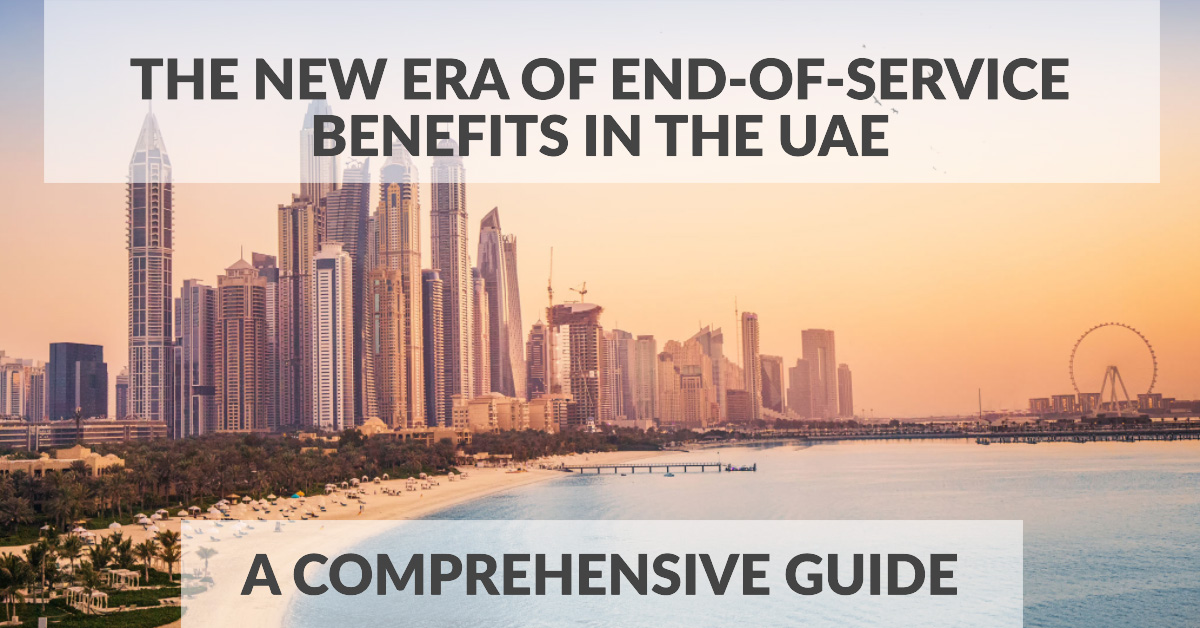The United Arab Emirates, known for its forward-thinking policies and commitment to the welfare of its residents, has recently unveiled a new end-of-service scheme. This initiative, aimed at both the public and private sectors, promises to revolutionize the way end-of-service benefits are perceived and managed.
The Essence of the New Scheme
The UAE government’s new end-of-service saving and investment initiative is designed to bolster residents’ job security and ensure their financial stability. This move is not just about providing employees with a safety net; it’s about channelling billions of dirhams into various sectors, thereby boosting the local economy.
How Does It Work?
- Optional Nature: The new system is optional. Employers can choose whether to adopt this alternative end-of-service scheme.
- Oversight and Management: The Securities and Commodities Authority, in collaboration with the Ministry of Human Resources and Emiratisation, will oversee the fund allocations, ensuring responsible investment.
- Eligibility: The scheme is open to all employees in the private sector, free zones, and even the public sector. This inclusivity ensures that a vast majority of the working population can benefit from it.
The Financial Implications
According to the National Bonds Savings Index, a staggering 82% of employees in the UAE are receptive to employers investing their end-of-service benefits. This new initiative promises not only decent returns on these investments but also significant benefits to the local economy.
Investment Avenues
Employees have a plethora of investment options at their disposal:
- Risk-Free Investment: This ensures the capital amount remains intact.
- Varied Risk Investments: Options range from low to high risk.
- Sharia-Compliant Investments: For those who wish to invest according to Islamic principles.
The Gratuity System in the UAE
Traditionally, the end-of-service gratuity in the UAE is calculated based on the employee’s last basic salary, excluding allowances. An employee becomes eligible for this benefit after one continuous year of service. The new system, however, offers a more flexible and potentially lucrative approach, allowing employees to invest their gratuity in multiple savings schemes.
Benefits for Employers
For employers, this scheme is optional. If they opt in, they will need to make a monthly contribution and can select which employee categories will benefit from the system.
The Future of End-of-Service Benefits
Mohammed Qasim Al Ali, Group CEO of National Bonds, a UAE-based Shariah-compliant saving and investment company, expressed confidence in the new system. He believes it will enhance the UAE’s labor market’s attractiveness, bolster job security, and empower individuals and corporations to invest in their future.
A Word of Caution
While the new scheme offers numerous benefits, experts advise residents to be prudent. Global factors, changing interest rates, and geopolitical risks can influence returns. It’s essential to make informed decisions and consider potential risks alongside potential rewards.
In Conclusion
The new end-of-service scheme is a testament to the UAE government’s commitment to its residents’ welfare. By offering a flexible, secure, and potentially lucrative alternative to the traditional gratuity system, the UAE is once again positioning itself as a leader in progressive labor policies.
For those interested in delving deeper into this topic, reputable sources such as Khaleej Times and the official UAE portal offer comprehensive insights.
And for those seeking the best insurance platform in the UAE, look no further than InsuranceMarket.ae, the region’s largest and most trusted platform.


